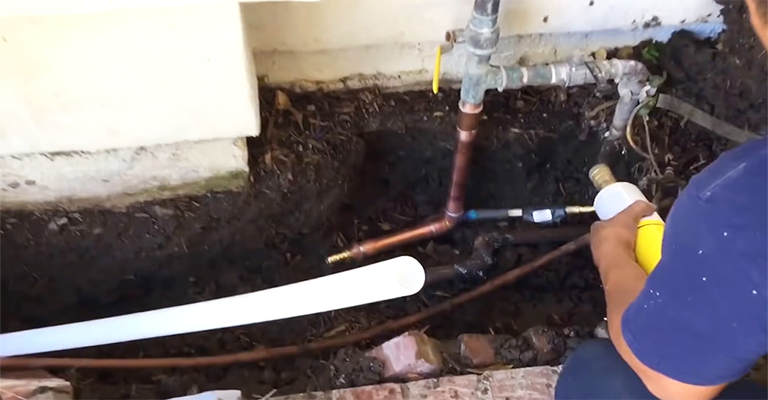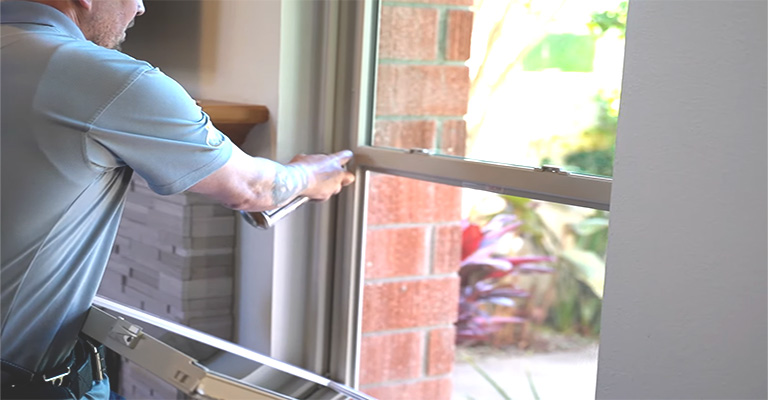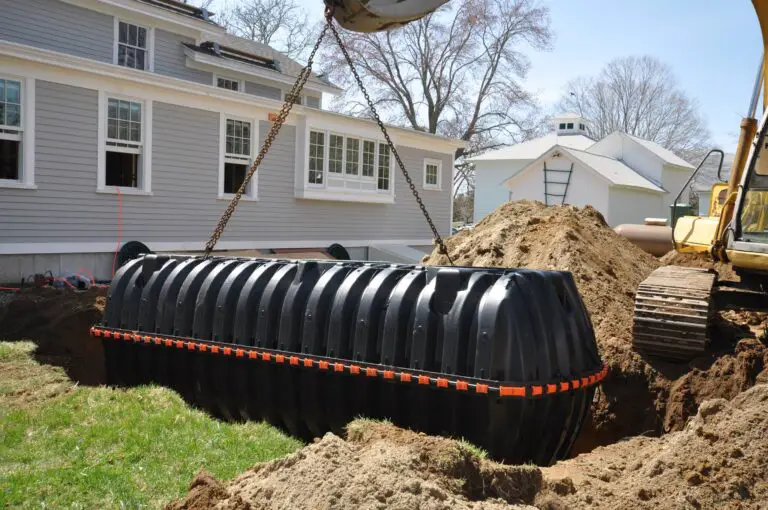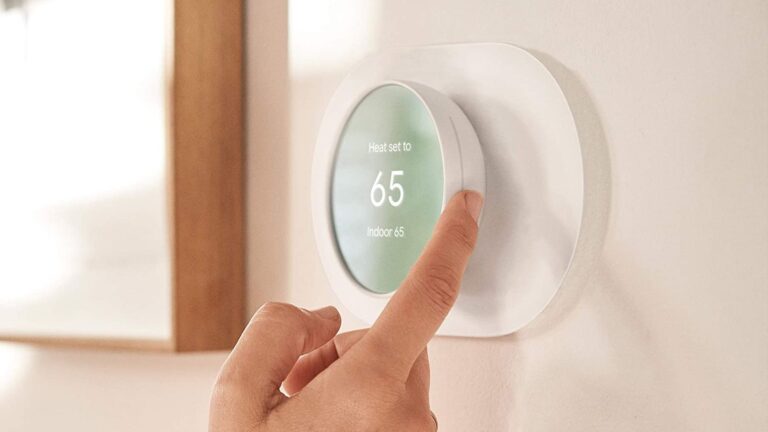How Do I Redirect My Air Vent Under My Bed?
Vents are important because they help prevent excess moisture from accumulating and mildew from forming in the crawlspace. These can be installed on sealed sides of the foundation or attic and should be sized to accommodate the size of the opening.
It is best to use short vents that are no bigger than 2 inches in diameter in small spaces. Sometimes, it can get a little too hot or cold in our bedrooms, and this is where the vents come in handy.
There are plenty of reasons why your bedroom might need a vent. Maybe you have sleep apnea and need to be able to breathe while you sleep, or maybe your bed gets too hot during the summer months that you want fresh air coming in through an exhaust fan.
Whatever your reason for needing an under-the-bed vent, it is important to have one installed securely and adequately so that it doesn’t create any unwanted noise or bother anyone else who might be sleeping nearby.
Under-the-bed vents are not just essential for heating and cooling your room but also for ventilation. The vents help release stale air from the room as well as provide fresh air on warm days.
Is It Okay To Have A Vent Under A Bed?
Ventilation is important in any bedroom. People will be able to sleep better with the aid of a vent. They can also use it to cool the room during summer and heat it during winter.
It’s okay to have a vent at their feet as long as they don’t place them beneath their head. But other people think this might cause respiratory problems, especially if the vent is located in front of the nose.
How Do I Redirect A Vent Under My Bed?
There are a few ways to redirect a vent in your bedroom. Most of them involve moving the vents cover or removing the cover and installing a new one. In this article, I’ll talk about some of the best methods for redirecting your vent or covering it up while not having to go under your bed.
Although it is a common question, there are always multiple ways to redirect your air vent. Before you can actually do it, there are some things you will need to do first.
- Step 1: Make sure the power switch on your air conditioner is turned off.
- Step 2: Unplug the power strip that connects to the outlet that the air vent goes into.
- Step 3: Grab a bucket, put some water in it, and freeze the water in place with an ice block or similar device.
- Step 4: Remove all of the screws from their respective holes on your air conditioner and remove them from underneath your bed.
- Step 5: Gather all of the screws, springs, and clips within reach so that you can put everything back together again once done with this process.
Different Ways Explained:
Some people use duct tape to get their job done. They’d put a piece of duct tape on the end of the tube that goes into the wall and then stick it back on after they’ve finished. The downside is that it might leave a sticky residue on your wall.
If you don’t want to do any work, you can also just cut off one of the tubes from below and then run another tube from above through that hole as well as other holes in your ceiling if you have enough room.
A deflector should be used in the area beneath a bed to prevent the air from dispersing below the bed before the cold or heat reaches the room. Vent extenders can be paired with deflectors in order to make the most of your energy savings.
Taking Other Steps to Become More Energy Efficient
Deflectors can also be used to prevent furniture from blocking vents. HVAC vents are sometimes not located in the most efficient places. Floor vents located directly under windows are an example.
Windows can make conditioned air loss or gain heat depending on the weather conditions. In hot weather, windows can gain heat, while they can lose heat in winter. Your home will be more comfortable when conditioned air is directed away from windows using deflectors.
Circulating Air Around Furniture
It is wasted when your HVAC system blows conditioned air onto furniture, such as beds, tables, and chairs. It is possible to direct the flow of air in more comfortable ways and save energy by installing vent deflectors.
Consider using a deflector underneath a bed when vents are below the bed to prevent the cold or heat from dispersing beneath the bed before it reaches the room. Vent extenders can also be paired with deflectors to maximize energy savings further. These usually come in sturdy plastic and are not very expensive. They are also easy to install.
Are Air Vent Deflectors Effective?
Air vents can help keep the cool air flowing throughout your home and the warm air circulating outside. But what if you want to block all of the air from coming in and out of your home?
One option is to use an air vent deflector to keep the warm air out but let the cool air come in. The idea behind this is that when warm and cold air mix, they displace each other, which causes a draft that can cause discomfort or health issues.
Air vents in your home or office can be helpful if you need to get rid of some unwanted air in your space. However, if the air vent is on the floor and you are sitting on a couch, this will not do anything.
Do Air Vent Deflectors Work?
They sure do. The only thing that these devices actually do is create a small amount of air circulation by lifting the air out of one room and moving it into another.
A lot of people believe that air vents can protect them from breathing in harmful fumes and germs. However, the truth is that air vents are not 100% effective. In fact, they only deflect a small portion of the air while obstructing it at parts.
What Happens If You Put Your Bed Over A Vent?
A bed is a popular choice for many people because it offers comfort, warmth, and convenience. However, if you put your bed over a vent, you may want to reconsider.
This can be done in many ways, such as placing the mattress on top of the venting unit or simply moving the bed away from the vent in order to prevent any possible damage.
Putting your bed over a vent is not recommended, as the air pressure can cause damage to your mattress and make it difficult or impossible to sleep in.
Can You Block An Air Vent In Bedroom?
This is a tricky question, but the answer is yes. There are many ways to block and cover an air vent that might work for you, but it all boils down to trial and error.
It can be difficult for homeowners to find just the right way to block vents in bedrooms since many vents are on different levels. Most people choose duct tape or foam strips as their best option, but they don’t always work.
It is common for people to use the air vents that are found in the ceiling or floor of their room. However, if there is a vent located near your bed, it could be dangerous to block it because there could be a dangerous lack of oxygen.
Final Words
There are a few different ways to redirect your air vent, depending on its location in your bedroom. If the vent is below your bed, try using a piece of cardboard or a thick book to block the opening of the vent and then fasten it with tape. If you do not have anything you can use, you can also cover it with a blanket or cloth to block the flow of air. You can also try placing a bookshelf or dresser in front of it to prevent it from blowing out of your room all together.
Managing the air flow from a floor vent effectively ensures a comfortable and energy-efficient bedroom environment. Utilizing an air vent extender can be a simple yet effective solution for directing air flow strategically in your room, especially when vents are inconveniently placed under furniture like beds. On the other hand, carefully closing vents and considering the layout of your air conditioning system can mitigate airflow problems, ensuring that every corner of your room receives adequate air circulation. Remember, the goal is to achieve a balance in your home’s climate without compromising on the functionality of your HVAC system.
It’s crucial to consider the implications of redirecting airflow. While vent extenders and deflectors are handy tools, it’s essential to ensure they’re used in a way that doesn’t obstruct or hinder the air conditioning system’s efficiency. Proper placement and adjustment can lead to a noticeable improvement in your room’s comfort level, without causing undue strain on your HVAC system. Always keep in mind the overall health of your home’s air quality when making adjustments, as the right balance can lead to a more comfortable, healthier living space.





